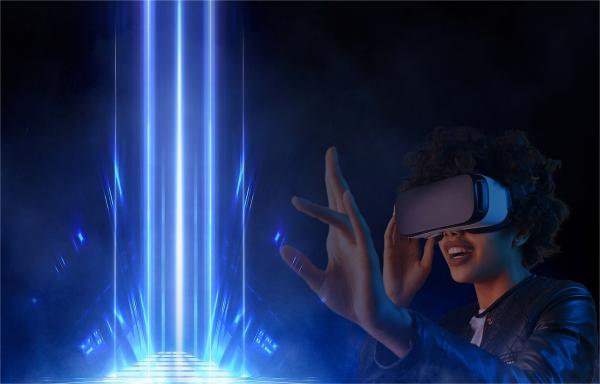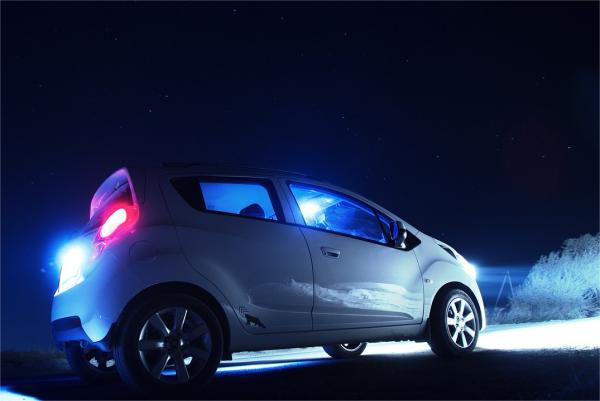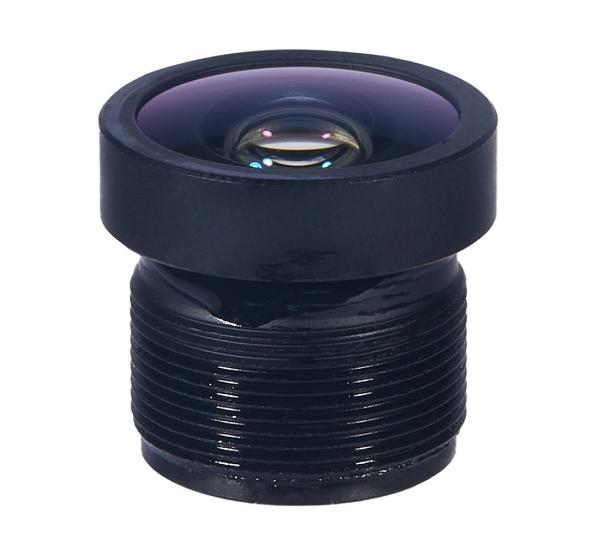The ToF lens is a lens that can measure distances based on the ToF principle. Its working principle is to calculate the distance from the object to the camera by emitting pulsed light to the target object and recording the time required for the signal to return.
So, what can a ToF lens do specifically?
ToF lenses can achieve fast and high-precision spatial measurement and three-dimensional imaging, and are widely used in fields such as virtual reality, face recognition, smart home, autonomous driving, machine vision, and industrial measurement.
It can be seen that ToF lenses can have many application scenarios, such as robot control, human-computer interaction, industrial measurement applications, smart home 3D scanning, etc.
The application of ToF lens
After briefly understanding the role of ToF lenses, do you know what the advantages and disadvantages of ToF lenses are?
1.Advantages of ToF lenses
- High precision
The ToF lens has high-precision depth detection capabilities and can achieve accurate depth measurement under different lighting conditions. Its distance error is usually within 1-2 cm, which can meet the needs of accurate measurement in various scenarios.
- Quick response
The ToF lens uses optical random access device (ORS) technology, which can respond quickly within nanoseconds, achieve high frame rates and data output rates, and is suitable for a variety of real-time application scenarios.
- Adaptable
The ToF lens has the characteristics of wide frequency band and large dynamic range, can adapt to complex lighting and object surface characteristics in different environments, and has good stability and robustness.
ToF lens is highly adaptable
2.Disadvantages of ToF lenses
- Susceptible to interference
ToF lenses are often affected by ambient light and other interference sources, such as sunlight, rain, snow, reflections and other factors, which will interfere with the ToF lens and lead to inaccurate or invalid depth detection results. Post-processing or other compensation methods are required.
- Higher cost
Compared with traditional structured light or binocular vision methods, the cost of ToF lenses is higher, mainly due to its higher demand for optoelectronic devices and signal processing chips. Therefore, a balance between cost and performance needs to be considered in practical applications.
- Limited resolution
The resolution of a ToF lens is affected by the number of pixels on the sensor and the distance to the object. As the distance increases, the resolution decreases. Therefore, it is necessary to balance the requirements of resolution and depth detection accuracy in practical applications.
Although some shortcomings are inevitable, the ToF lens is still a good tool for distance measurement and precise positioning, and has broad application prospects in many fields.
A 1/2″ ToF lens is recommended: Model CH8048AB, all-glass lens, focal length 5.3mm, F1.3, TTL only 16.8mm. It is a ToF lens independently developed and designed by Chuangan, and can be customized according to customer needs, with different bands of filters to meet the application needs of different fields.
The ToF lens CH8048AB
ChuangAn has carried out preliminary design and production of ToF lenses, which are mainly used in depth measurement, skeleton recognition, motion capture, autonomous driving, etc., and has now mass-produced a variety of ToF lenses. If you are interested in or have needs for ToF lenses, please contact us as soon as possible.
Related Reading:What Are The Functions And Application Fields Of ToF Lenses?
Post time: Apr-02-2024






